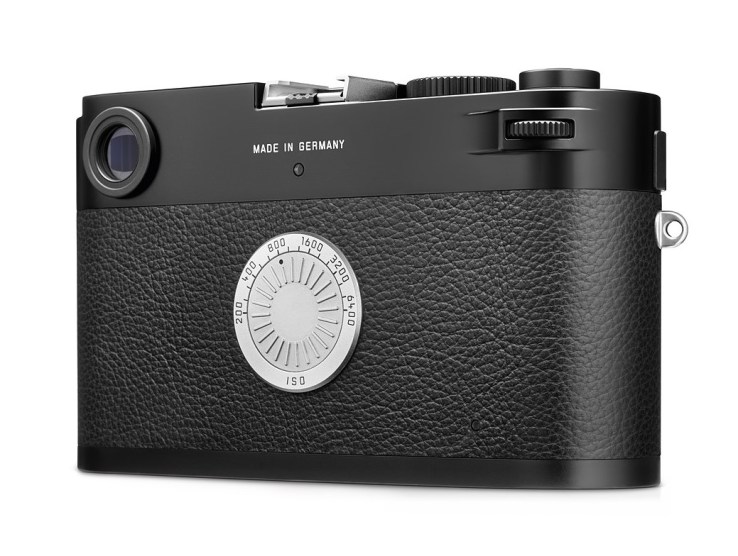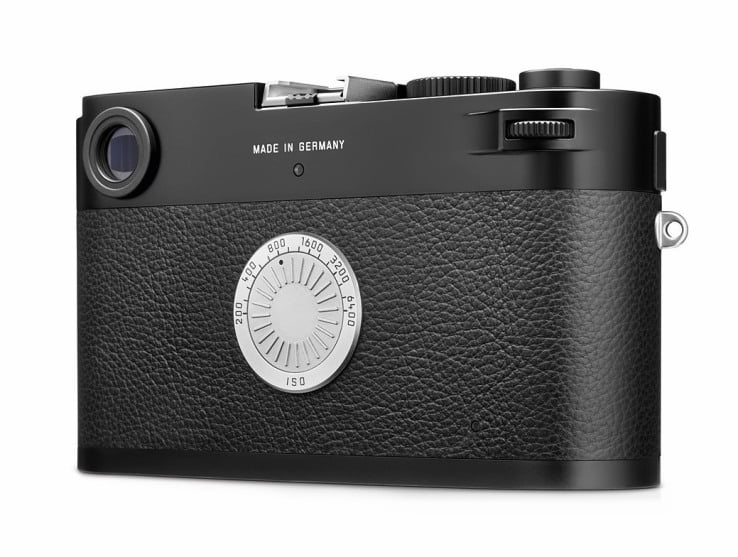
Footloose and liquid crystal display–loose — that’s how Leica made the M-D. the new digicam is actuallyantique in numerous ways: It’s essentially 2015’s M packaged in the chassis of the restricted, and alsoscreenless, Leica 60. however the very fact that Leica is pursuing this nearly absurd shape of virtual purism is suggestive of the destiny of pictures.
The closing 15 years of photography have been dominated with the aid of a acquainted formcomponent: big lens on the front, liquid crystal display on the again and, probably, an optical or digitalviewfinder. The cameras themselves have additionally grown more powerful as platforms: you have gotall styles of in-digital camera settings and filters, automatic eye-tracking awareness, on-display peaks, zebra stripes and so forth.
A gold rush for the antique compact 35mm appearance and experience turned into activate via thefulfillment of Fujifilm’s X100. I talked with the organization’s design head a while lower back and hementioned that “there is a great reason why the analogue cameras were designed that way.” And there’s a very good cause virtual cameras were designed the way they had been.
The X series, Nikon Df and others call again to a golden age, but also are cautious to be thecontemporary top-shelf virtual cameras. Leica gleefully does with out 9 out of 10 of the features providedby way of a cutting-edge compact system like an Olympus OM-D or Sony a6300. No video, no scene modes, no awareness assist, no shot review, no JPEG, even. simply “das wesentliche” — the necessities.leaf through the rangefinder and shoot, then experience “the pleasure of anticipation.” What a line!
Window-Teaser_Downloads_teaser-1200×470
M philosophy
Of route, Leica can try this due to the fact its cameras are priced to promote to people with extra cashthan feel (oh, to wide variety myself amongst them!), however the agency’s philosophy of “purity” isn’twithout purpose — and it’s just one philosophy amongst many that photographers and camera makers are unfastened to pursue.
Specialization is the privilege of a tool magnificence that has achieved saturation. For years the maximumpopular cameras have been very similar to one another: the rebellion and DX00 series. Jacks of all trades, and clearly, masters of them, too. but deciding on among them was carried out at the slimmest of margins — a fragment of a millisecond faster consciousness, or barely less noise at very excessive ISOs. It’s no marvel human beings have retained emblem loyalty and centered on tribes in preference tofeatures. With a few exceptions, any digicam you purchase in recent times is going to be in reality,honestly true.
associated Articles
Leica broadcasts The Q, a fixed–awareness digicam For the posh Photographer
Lytro’s 755 megapixel Cinema mild subject camera is going to kill the green display
Hover, a self-flying digital camera drone, lands $25M for better aerial pictures
whilst each camera is good, why do you pick out one over the opposite? mainly when, in case you justwant to snap some images, a cellphone is generally all you want? You differentiate: you provide a uniquerevel in particular to images, or precise to a character or profession.
Leica is in pursuit of the luxury of simplicity — “perfection is finally attained not whilst there may be notsome thing to add, however while there’s now not some thing to get rid of,” as Saint-Exupery placed it. In Leica’s case, it’s the removal of capabilities that simply are simplest treasured to the hoi polloi — video? Smile shutter? live view? How plebeian! these things get within the manner of images as an awful lot as they upload to it, or so the agency would have you accept as true with.
in the meantime other organizations pursue other philosophies. For Sony, it’s a professional videodigicam that suits on your coat pocket. For Lytro, it’s upending the complete idea of “flat” pictures. Forlight, it’s thinking the necessity of using a unmarried lens. For the not possible venture, it’s bridging the space among virtual and analog. For Hover, it’s autonomy. For wearables and life recorders, it’s disposing of the photographer from the question entirely.
digital camera makers have the latitude now to permit the user decide what images means to them, and,whilst there are sufficient adherents to a positive philosophy — and the number simply doesn’t need tobe that high — a device can be made that is a coherent and suitable revel in for those users and thosecustomers only.
It’s “exciting times” for images, that’s truely extra than you could say for lots a yr of the ultimate decade.want to know wherein imaging goes next? anyplace you like.





